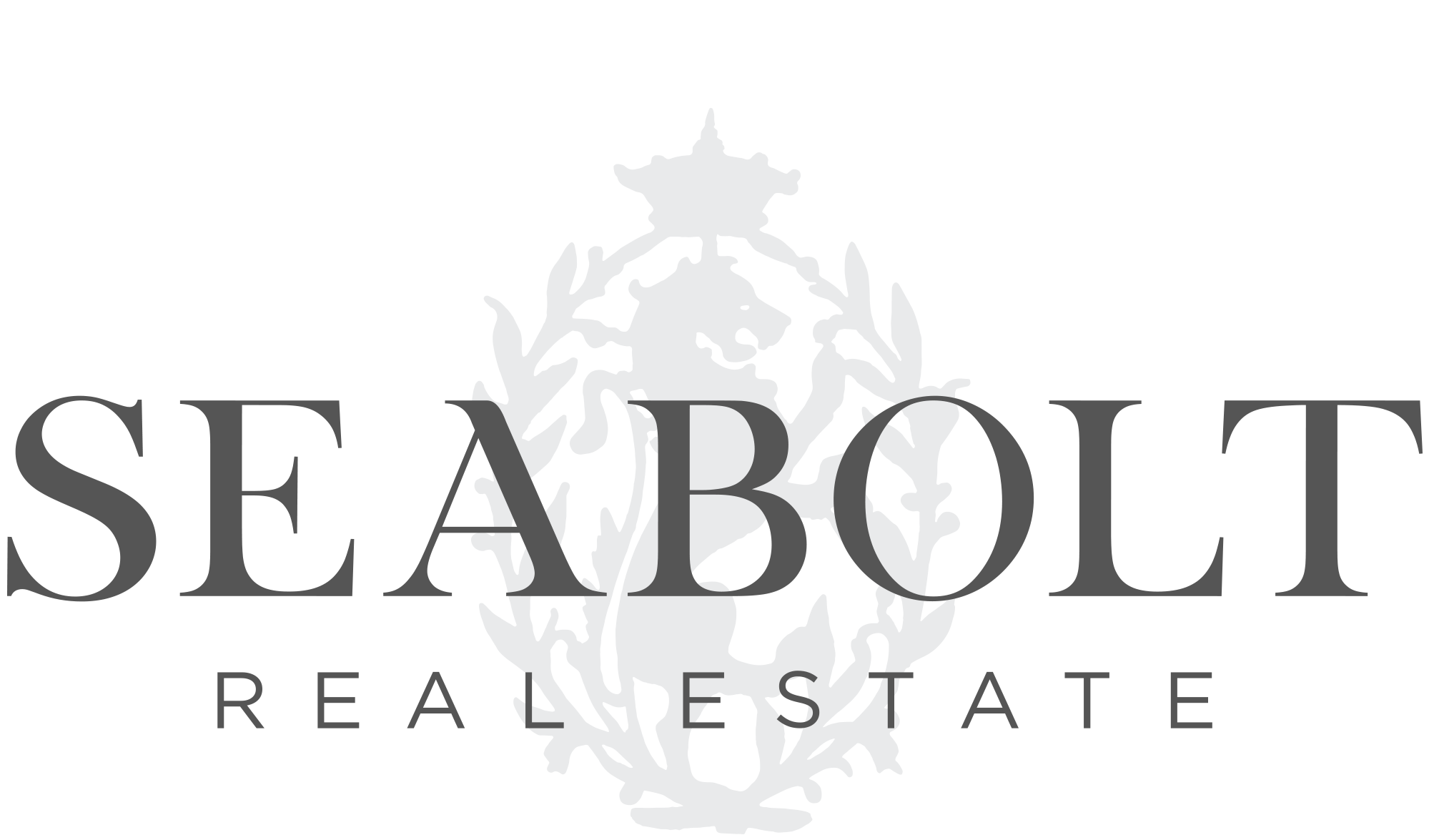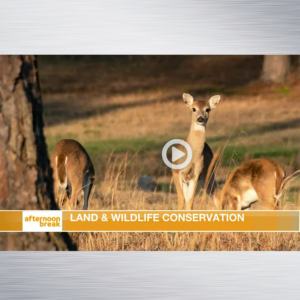Mark Haslam Shares Tips on Land and Wildlife Conservation With WTOC
Deer Manager of the Year Award Recipient, Mark Haslam has a passion for hunting and land conservation that began at a young age on their family farm.
“Conservation and hunting really go hand-in-hand. There are two major game species in the southeast that have been slowly dying off over the past number of decades right in front of our eyes. The Bobwhite Quail and the Eastern Wild Turkey. Their numbers have been dwindling consistently over the past number of decades,” said Haslam.
As for the deer, it’s the adaptive nature that leads to the ever-evolving issue of overpopulation.
“Biologically, when there’s an overpopulation, the deer start to slowly adapt to their, um, lack of habitat and lack of nutrition and they actually start to shrink in size. There are deer right here, all around us—all around the city, that are actually struggling and they are not thriving because they’ve adapted to our environments,” said Haslam.
An environment that’s experiencing a significant influx of land development.
It’s the farming and forestry practices over the decades that Mark says have been detrimental to the protection of wildlife habitats.
So, what is Mark doing to be a steward of the land and make a difference?
“Managing pine trees, the right way to the point that we are growing trees to help produce income, and help maintain sustainability at our farm but also do it for the wildlife.”
He also emphasizes the important role real estate plays in land conservation.
“Recreational land, whether there’s farmland, timber land…can be an outstanding investment for people in the southeast. You’re more than likely buying it to grow pine trees or maybe as farmland—but regardless, some type of income production and there’s all kinds of ways to blend conservation practices, wildlife stewardship, with owning land and growing trees.”
“A lot of what I do as far as helping out clients is identifying solid acquisitions and then helping them with their forestry work to be able to stagger out their future income. So, they don’t have a monoculture of all the same age-class pine trees, they stagger out their production, that way they have a steady stream of income to pay for their investment.”
So, you may be curious, what can we do to preserve the land that remains?
“Everyone in this country has access to public lands. And we can all do what we can, do our part to help out—volunteer for conservation organizations, river clean-ups, land clean-ups, helping out with various state agencies by looking for volunteering help,” said Haslam.
And help begins with a willingness to seek out education. For example, what do we know about deer meat?
“Venison is the original red meat of this country. The first thanksgiving with the pilgrims, they were eating venison and so you know there was no cattle, no beef…it’s also sustainable. Venison is a renewable resource and the cleanest, purest red meat we can obtain here in the country.”
But it goes beyond utilizing the resources in our backyard. First, we must work together to preserve the land these animals inhabit.
“If you are interested in passing on this tradition to the next generation, it’s time to pay attention and start doing what we can. We can all do something to better this land, to make sure that we have these species that will survive to the next generation.”
CLICK HERE to watch the full interview on WTOC.com.
Deer Manager of the Year Award Recipient, Mark Haslam has a passion for hunting and land conservation that began at a young age on their family farm.
“Conservation and hunting really go hand-in-hand. There are two major game species in the southeast that have been slowly dying off over the past number of decades right in front of our eyes. The Bobwhite Quail and the Eastern Wild Turkey. Their numbers have been dwindling consistently over the past number of decades,” said Haslam.
As for the deer, it’s the adaptive nature that leads to the ever-evolving issue of overpopulation.
“Biologically, when there’s an overpopulation, the deer start to slowly adapt to their, um, lack of habitat and lack of nutrition and they actually start to shrink in size. There are deer right here, all around us—all around the city, that are actually struggling and they are not thriving because they’ve adapted to our environments,” said Haslam.
An environment that’s experiencing a significant influx of land development.
It’s the farming and forestry practices over the decades that Mark says have been detrimental to the protection of wildlife habitats.
So, what is Mark doing to be a steward of the land and make a difference?
“Managing pine trees, the right way to the point that we are growing trees to help produce income, and help maintain sustainability at our farm but also do it for the wildlife.”
He also emphasizes the important role real estate plays in land conservation.
“Recreational land, whether there’s farmland, timber land…can be an outstanding investment for people in the southeast. You’re more than likely buying it to grow pine trees or maybe as farmland—but regardless, some type of income production and there’s all kinds of ways to blend conservation practices, wildlife stewardship, with owning land and growing trees.”
“A lot of what I do as far as helping out clients is identifying solid acquisitions and then helping them with their forestry work to be able to stagger out their future income. So, they don’t have a monoculture of all the same age-class pine trees, they stagger out their production, that way they have a steady stream of income to pay for their investment.”
So, you may be curious, what can we do to preserve the land that remains?
“Everyone in this country has access to public lands. And we can all do what we can, do our part to help out—volunteer for conservation organizations, river clean-ups, land clean-ups, helping out with various state agencies by looking for volunteering help,” said Haslam.
And help begins with a willingness to seek out education. For example, what do we know about deer meat?
“Venison is the original red meat of this country. The first thanksgiving with the pilgrims, they were eating venison and so you know there was no cattle, no beef…it’s also sustainable. Venison is a renewable resource and the cleanest, purest red meat we can obtain here in the country.”
But it goes beyond utilizing the resources in our backyard. First, we must work together to preserve the land these animals inhabit.
“If you are interested in passing on this tradition to the next generation, it’s time to pay attention and start doing what we can. We can all do something to better this land, to make sure that we have these species that will survive to the next generation.”
CLICK HERE to watch the full interview on WTOC.com.

